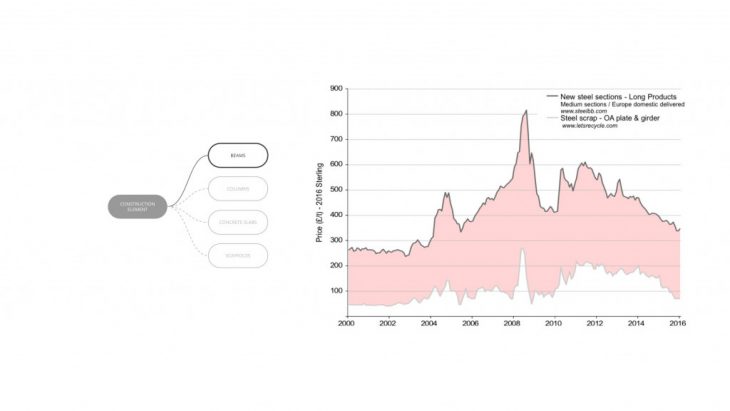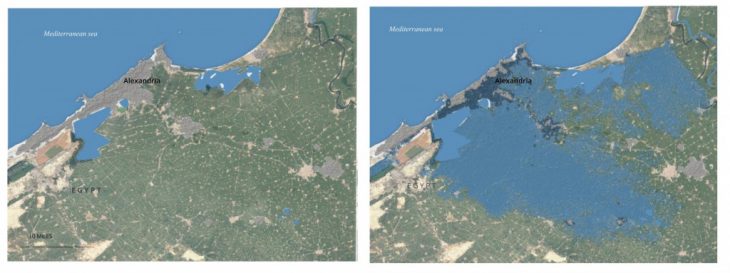Syllabus
Introduction
Situation by 2050
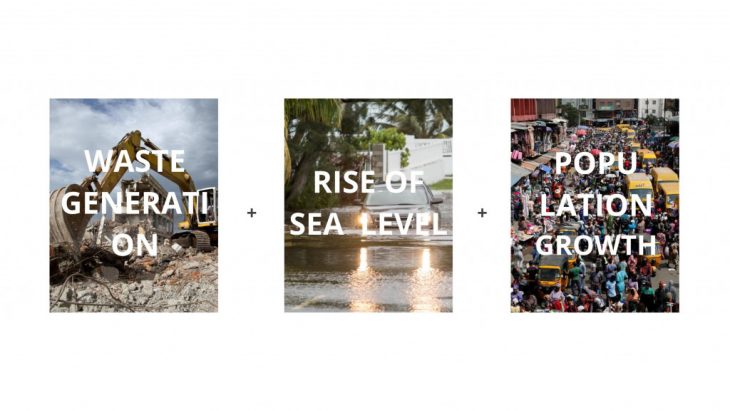
- Construction and demolition waste (CDW) is one of the heaviest and most voluminous waste streams generated in the EU – It accounts for approximately 25% – 30% of all waste generated in the EU and consists of numerous materials, including concrete, bricks, gypsum, wood, glass, metals, plastic, solvents, asbestos and excavated soil, many of which can be recycled.
- Approximately 110 million people live in places that are below the high tide line – Rising seas could affect three times more people by 2050 than previously thought, according to new research, threatening to all but erase some of the world’s great coastal cities.
- The current world population of 7.6 billion is expected to reach 9.8 billion in 2050 – With roughly 83 million people being added to the world’s population every year, the upward trend in population size is expected to continue, even assuming that fertility levels will continue to decline.
Global flow of steel
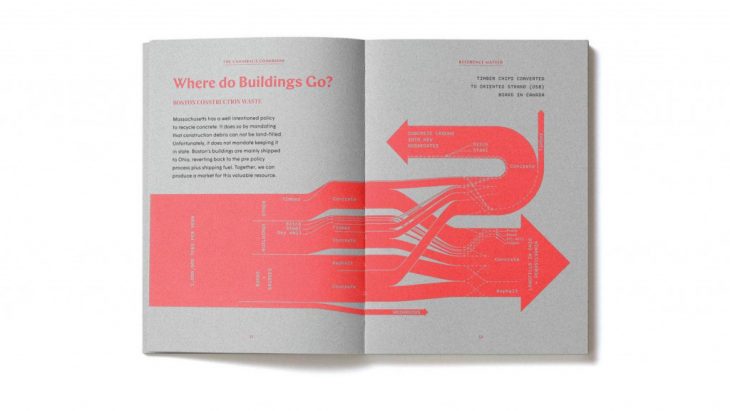
The Cannibal’s Cookbook: Mining Myths of Cyclopean Constructions
The historical (2000-16) price range between new steel sections and scrap sections (grade OA scrap) reveals an average price difference of £313 per tonne over this timeframe. This differential represents the profit opportunity for reuse before the additional deconstruction costs (testing and certification, storage and refabrication costs) are taken into account.
Price differential between new steel sections and scrap grade OA (2000-16)2
Case study
Alexandria, is surrounded on three sides by the Mediterranean Sea and backs up to a lake, making it uniquely susceptible to the rise in sea levels caused by global warming and the melting of the polar ice caps.
https://www.nytimes.com/interactive/2019/10/29/climate/coastal-cities-underwater.html
Vertical Farming. Sustainability Strength

Hydroponics – Uses liquid, sand, gravel, and other materials to supplement a soil environment for growing plants.
Aquaponics – Replaces soil with water that comes from a fish tank.
Aeroponics – The process of growing plants in an air or mist environment without the use of soil or an aggregate medium.
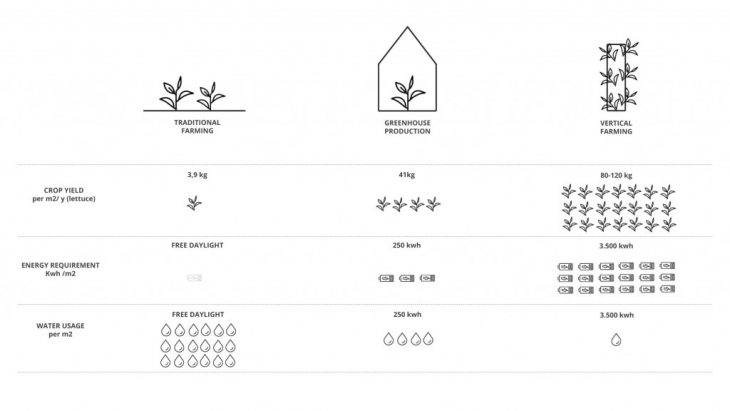
Proposal
An interstitial space
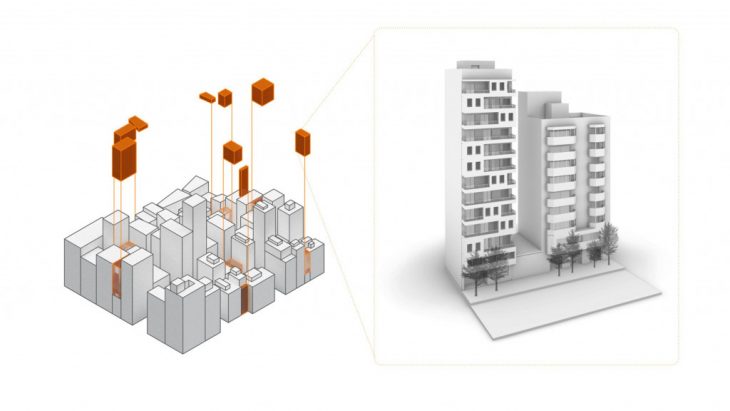
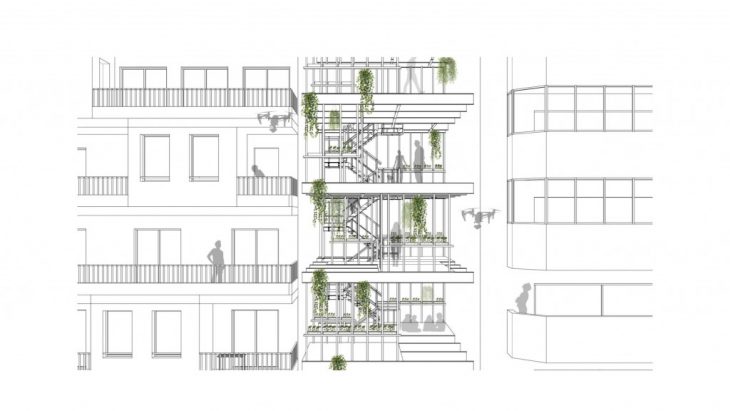
Selection of Construction Element
Construction Element
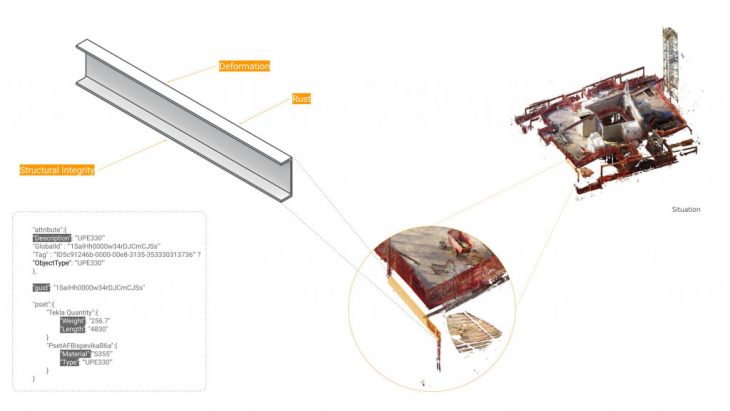
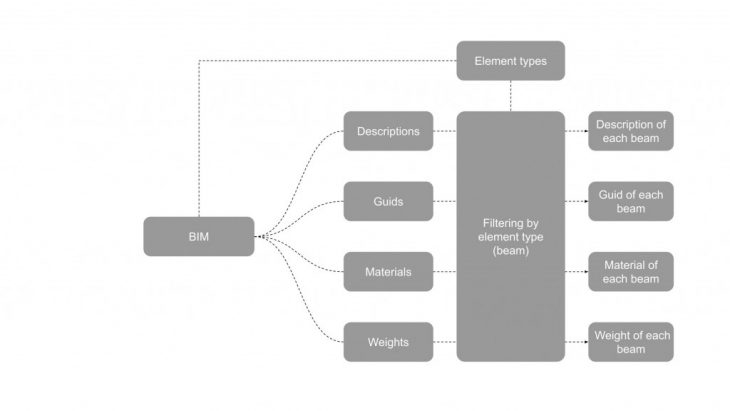
Case study
BIM Data
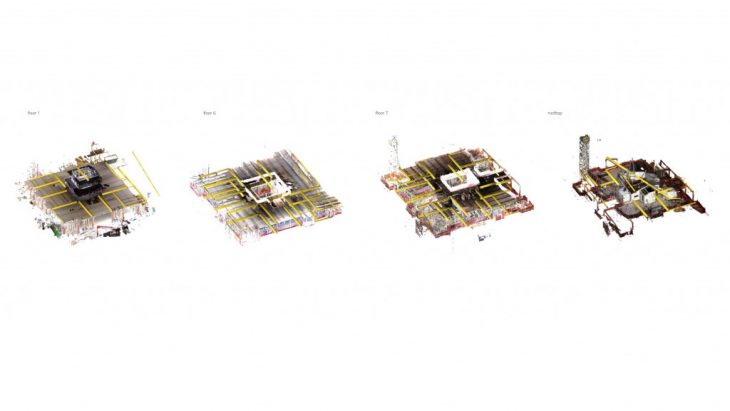
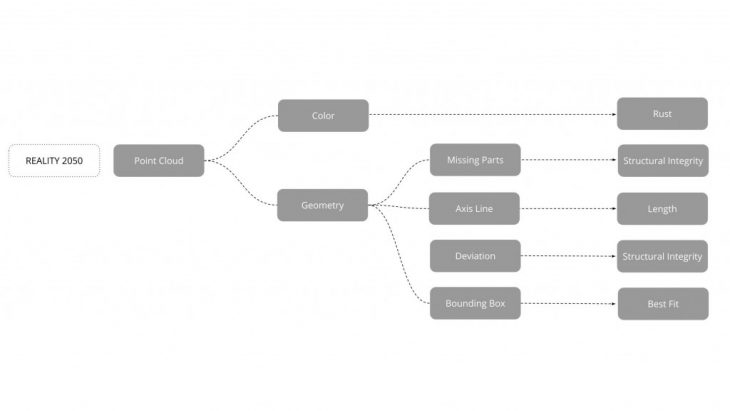
Selection of Construction Element
Rust detection > COLOR
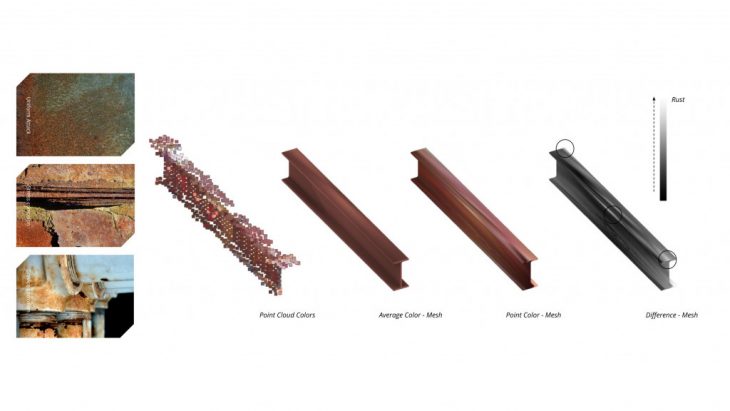
Structural Integrity > MISSING POINT CLOUD INFORMATION 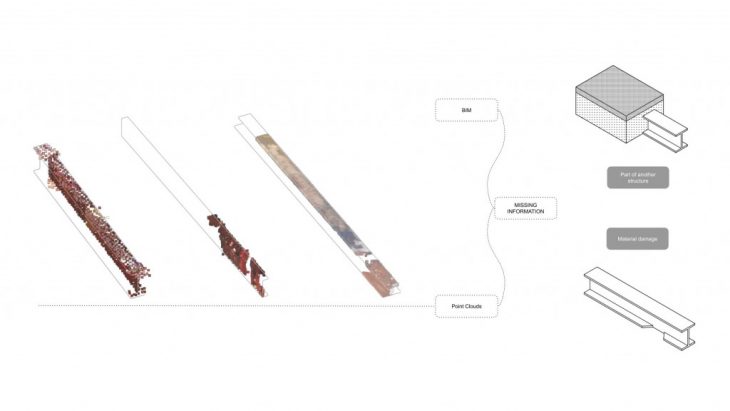
Structural Integrity > DEVIATION 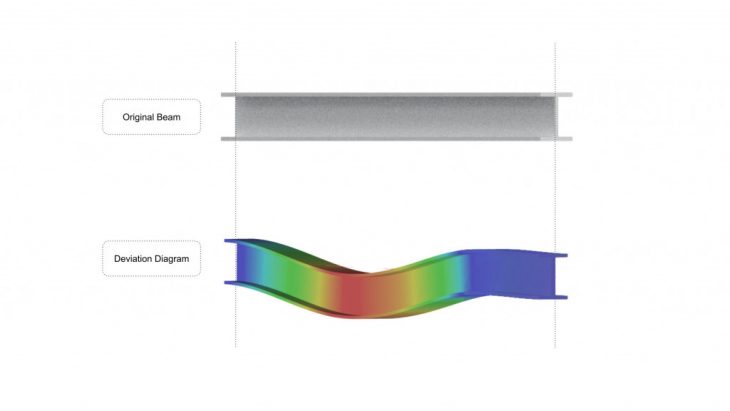
Design Strategy
Density / Total slot area
Beam Length
Limited data set
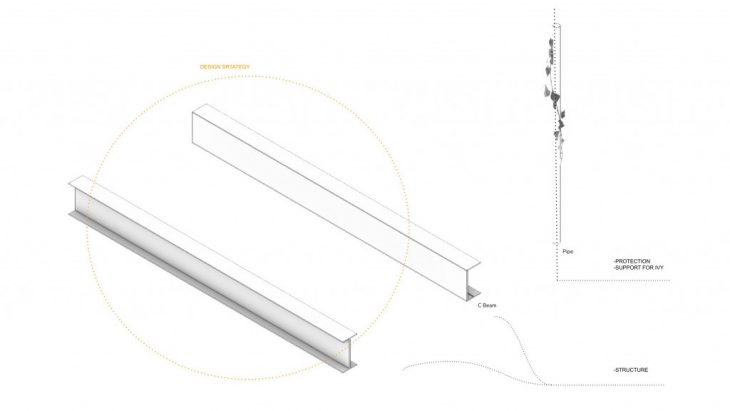
Design proposal
</p>
</p>
</p>
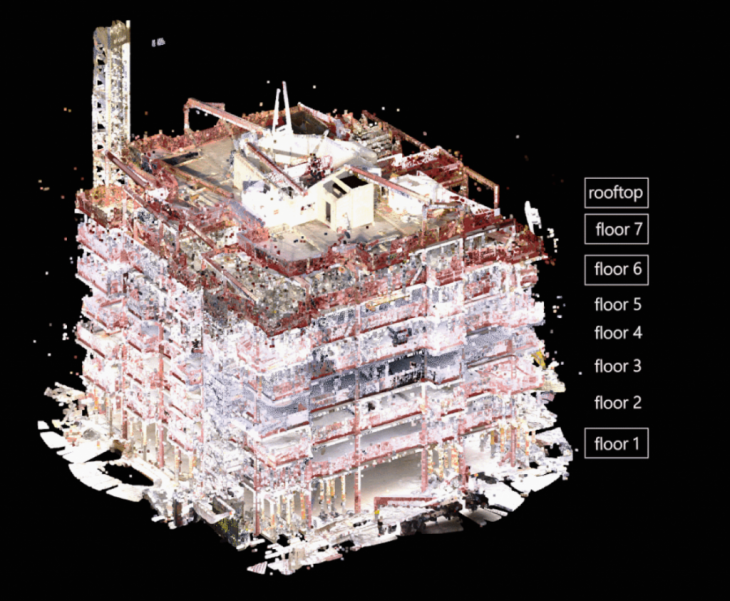
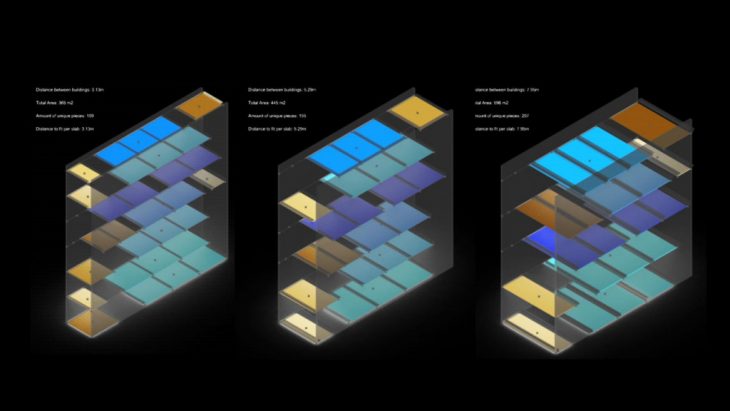
</p>
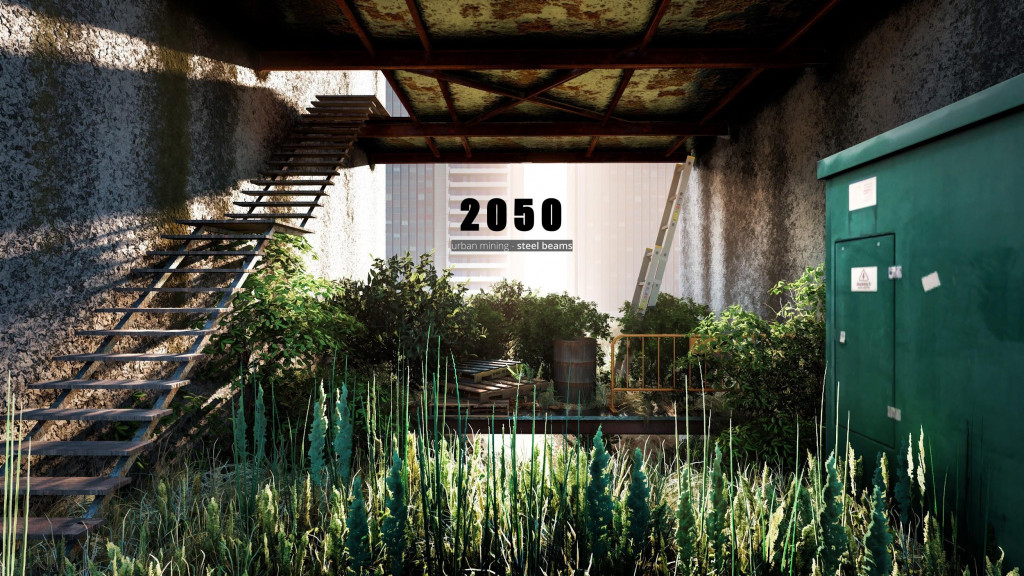
Steel Beams is a project of IaaC, Institute for Advanced Architecture of Catalonia developed at Masters of Robotics and Advanced Construction in 2019-2020 by Students: Anna Batallé, Irem Cebecci, Roberto Vargas & Luis Jayme, Faculty: Stuart Maggs, Alexandre Dubor, Pol Cirujeda & Alejandro Nespereira, Faculty Assistant: Soroush Garivani.
